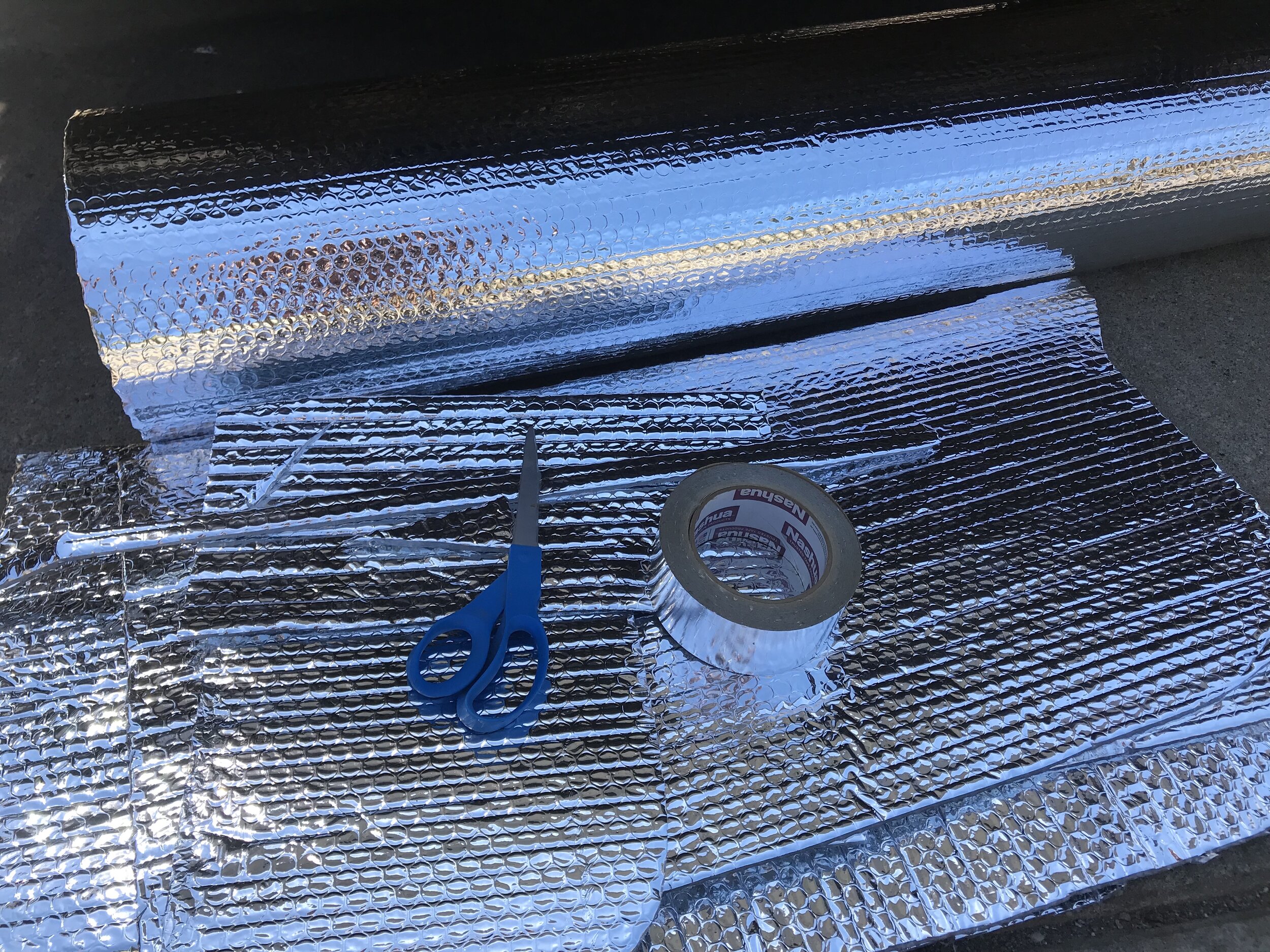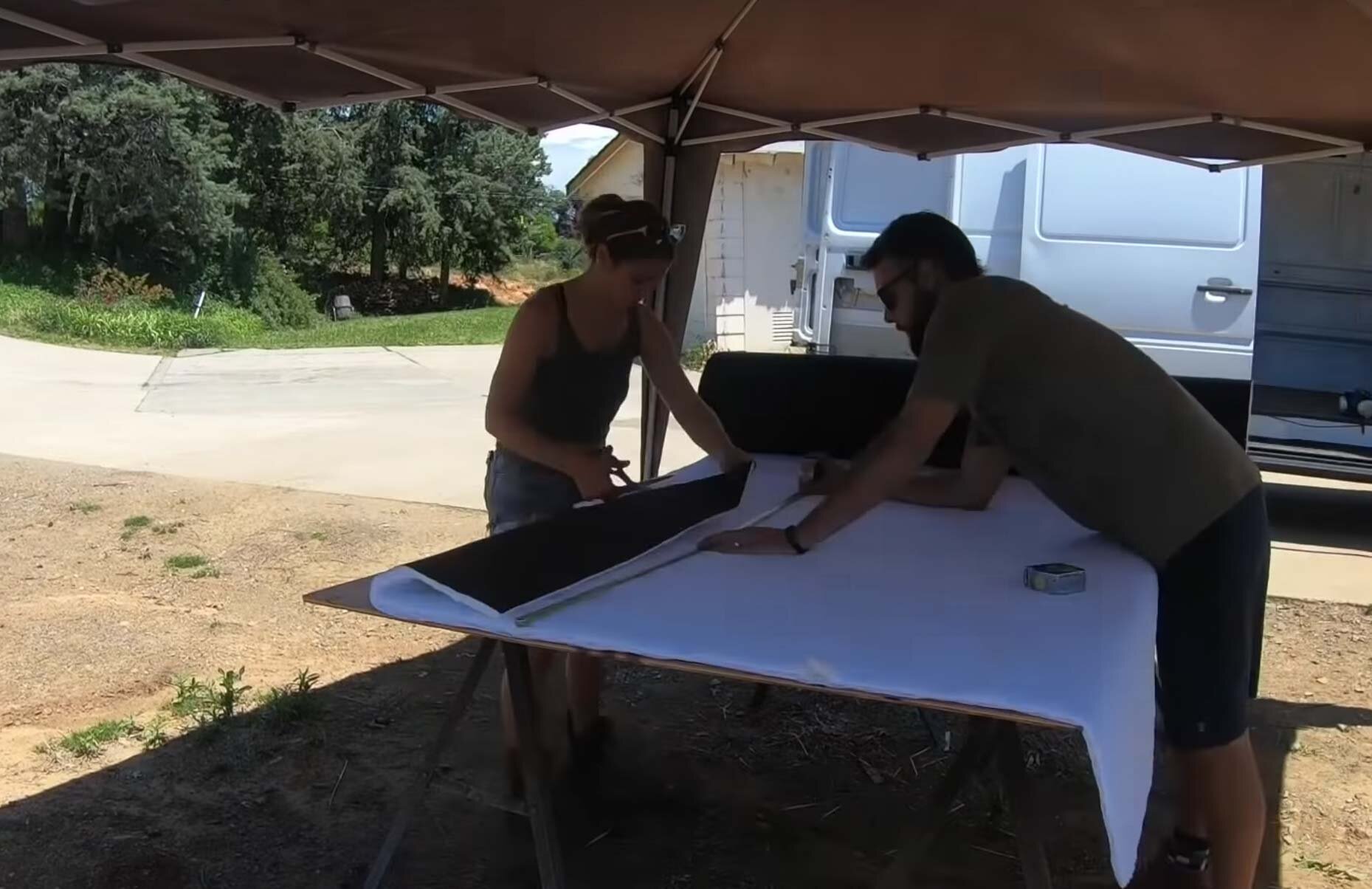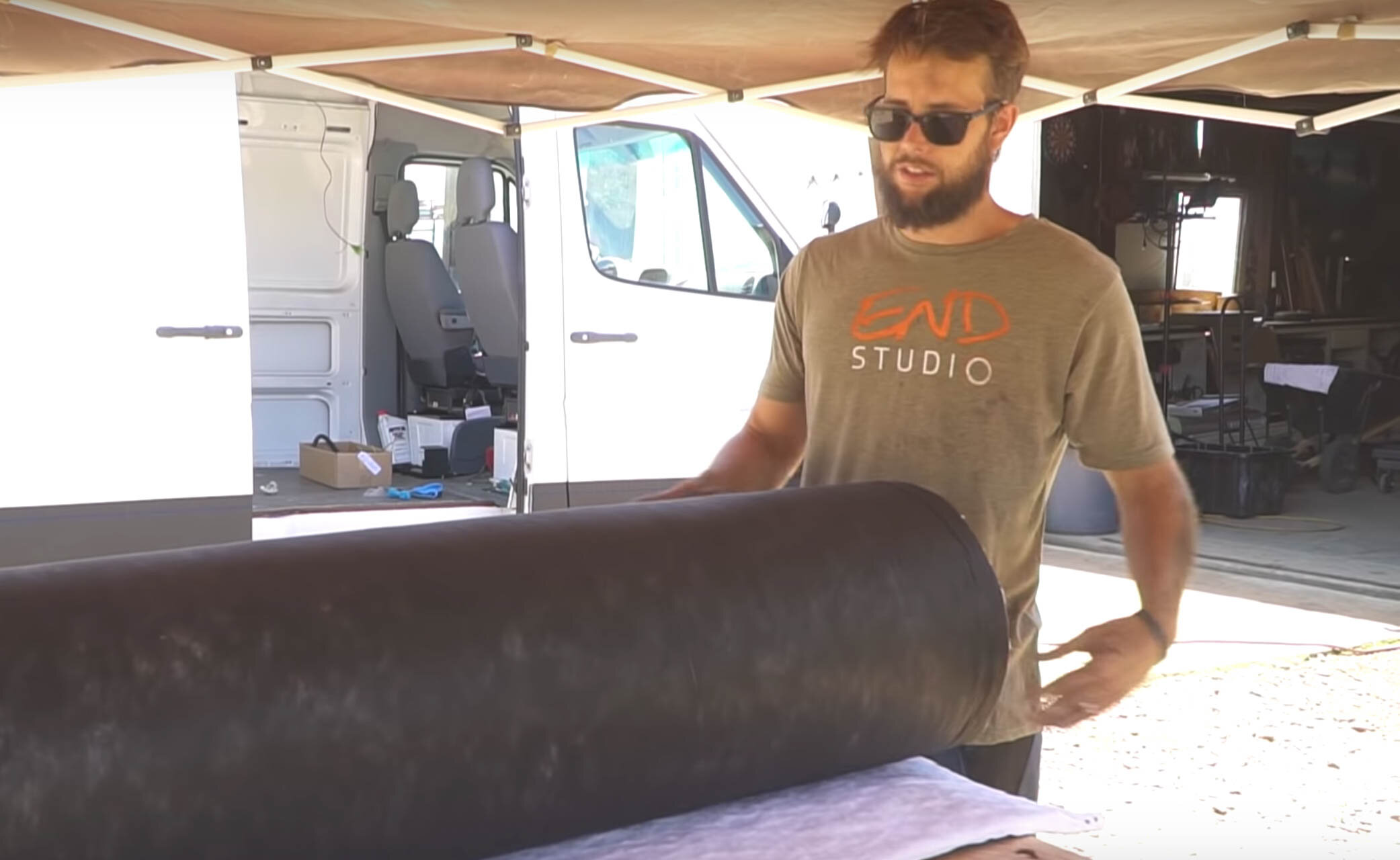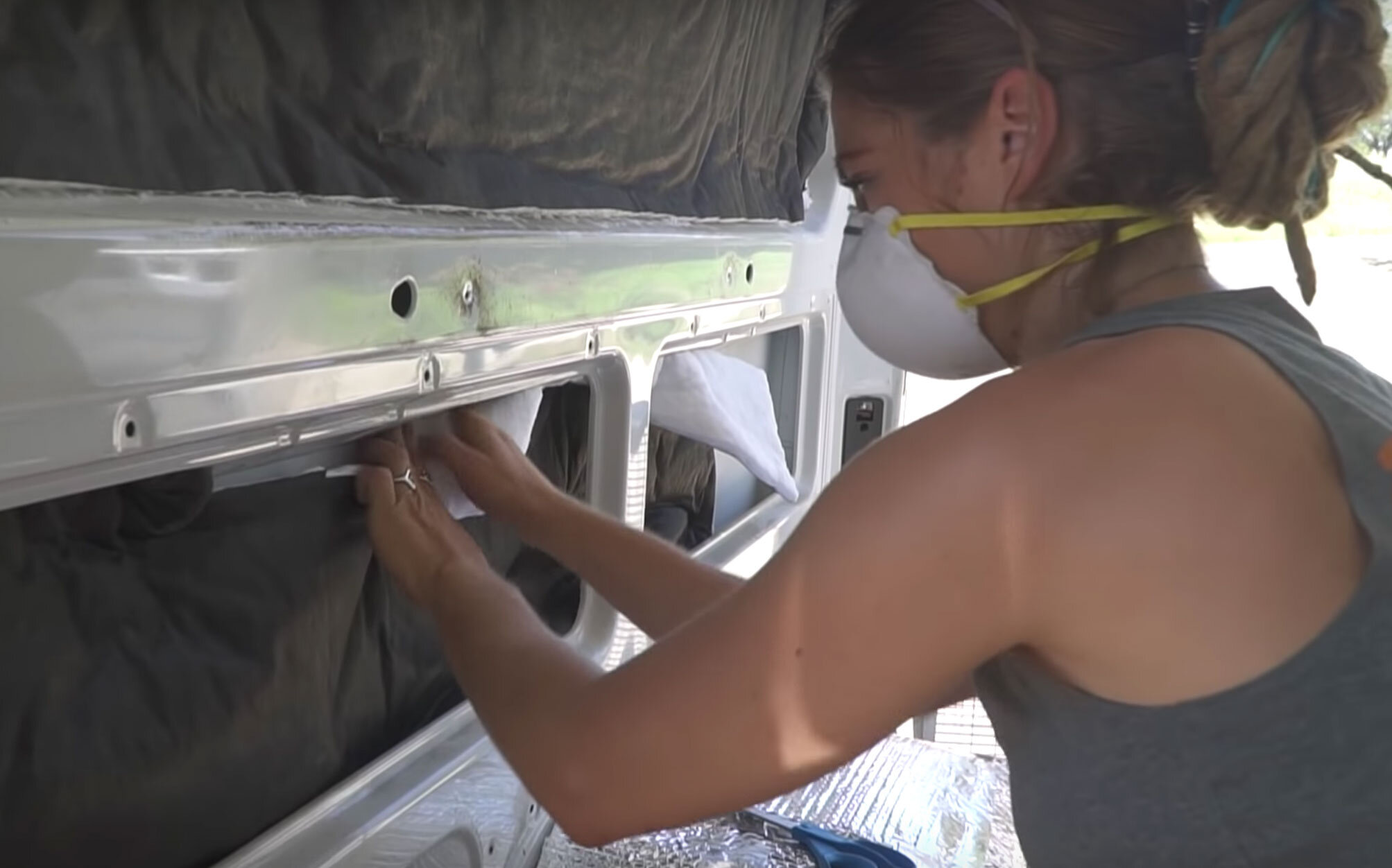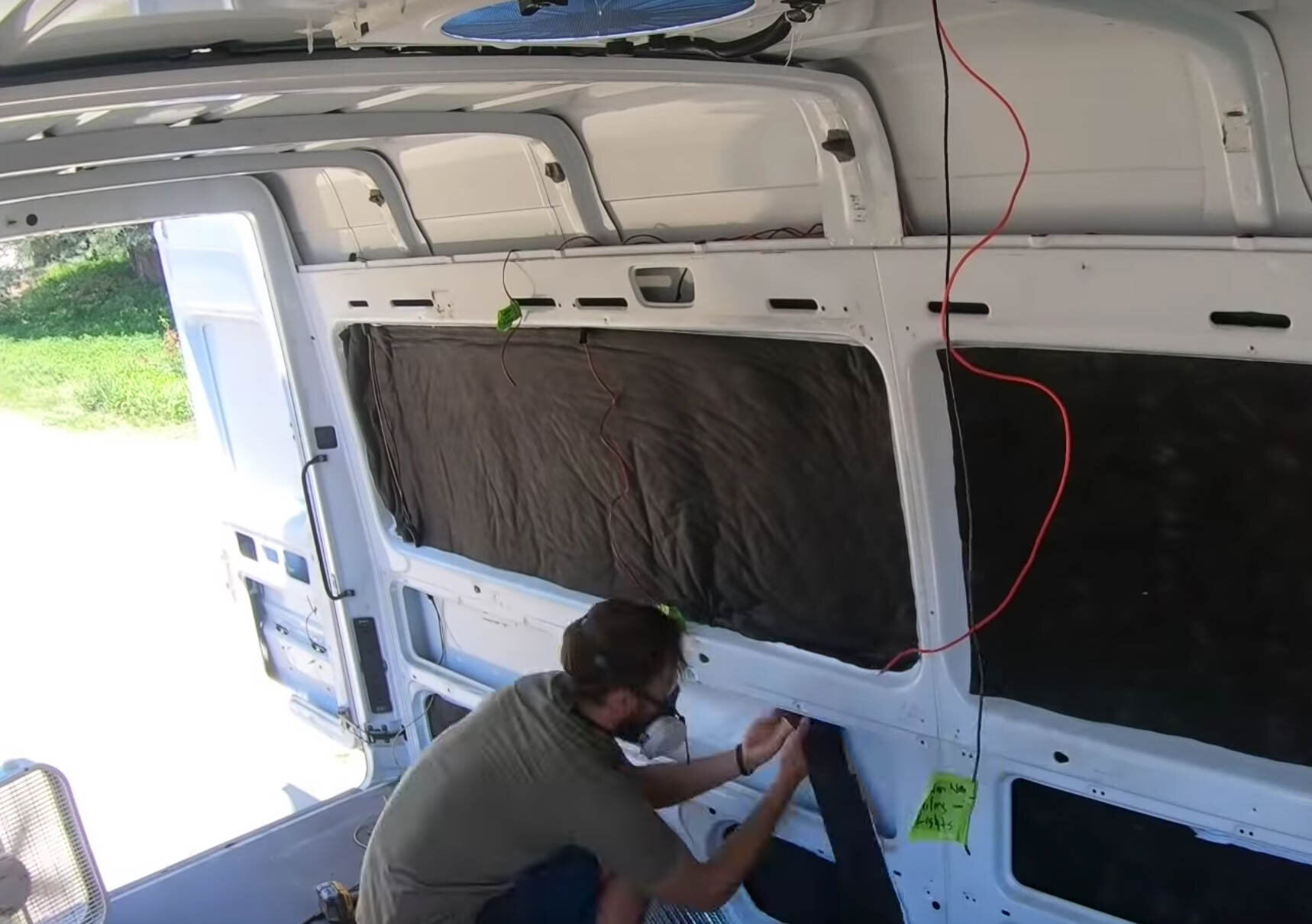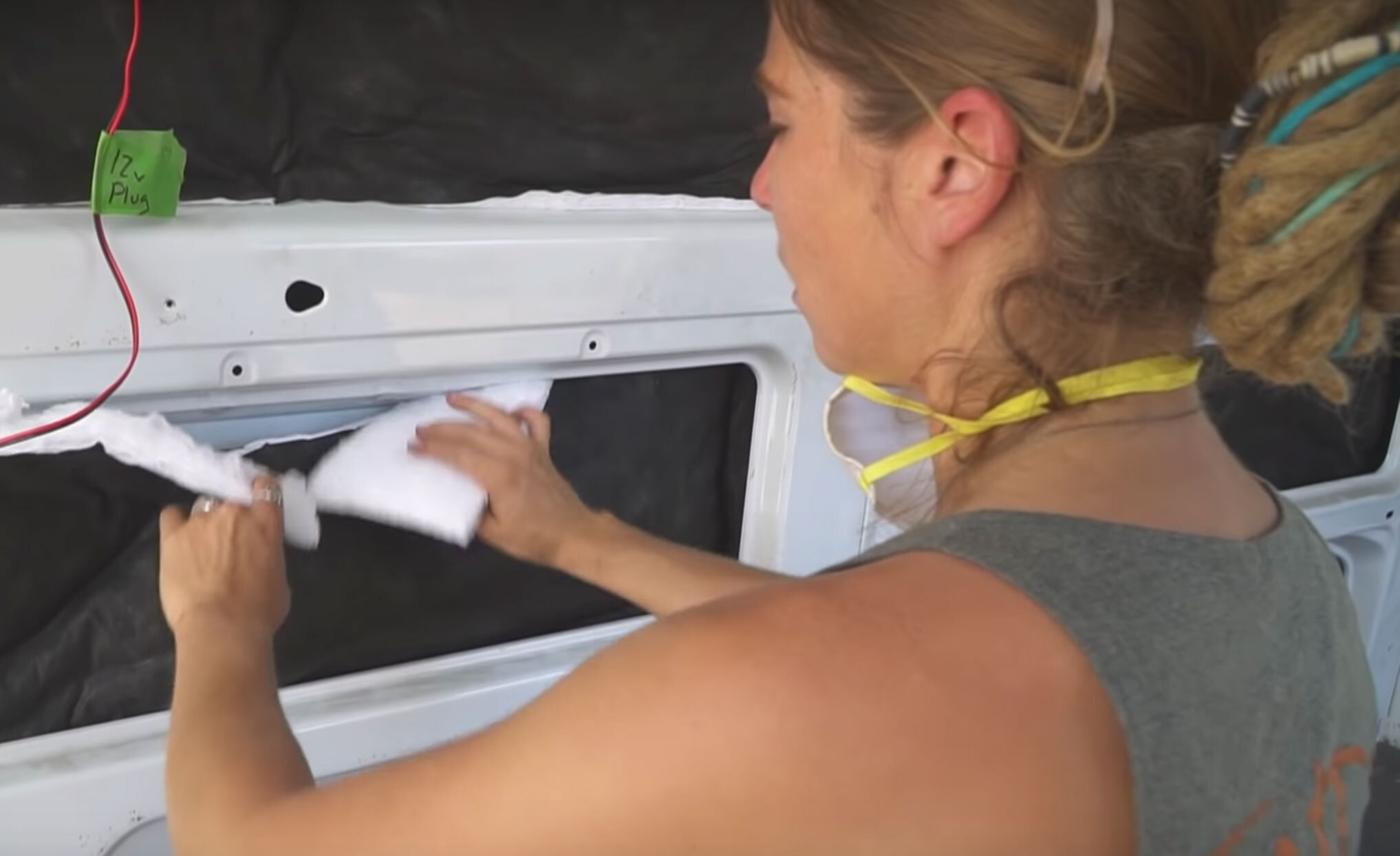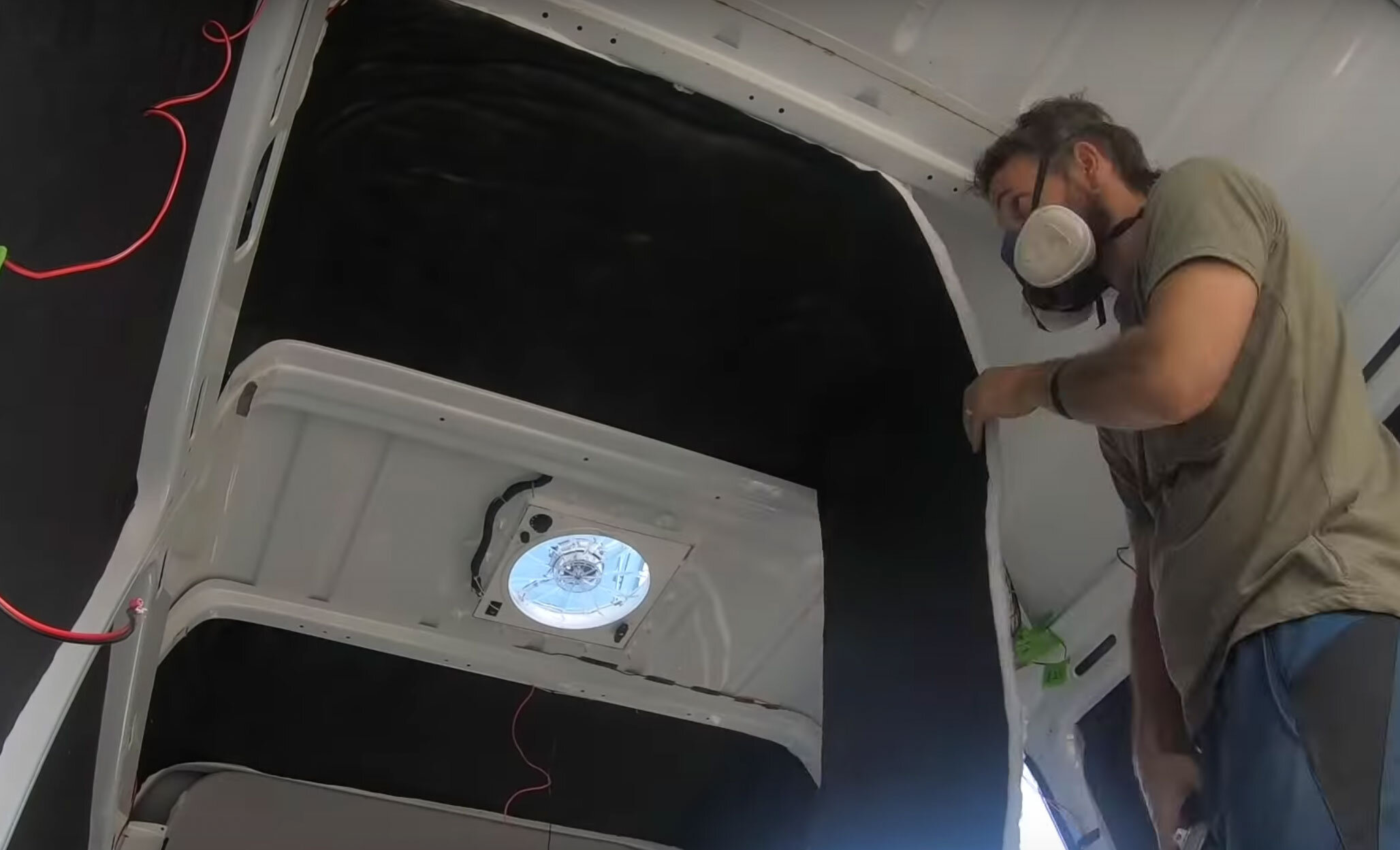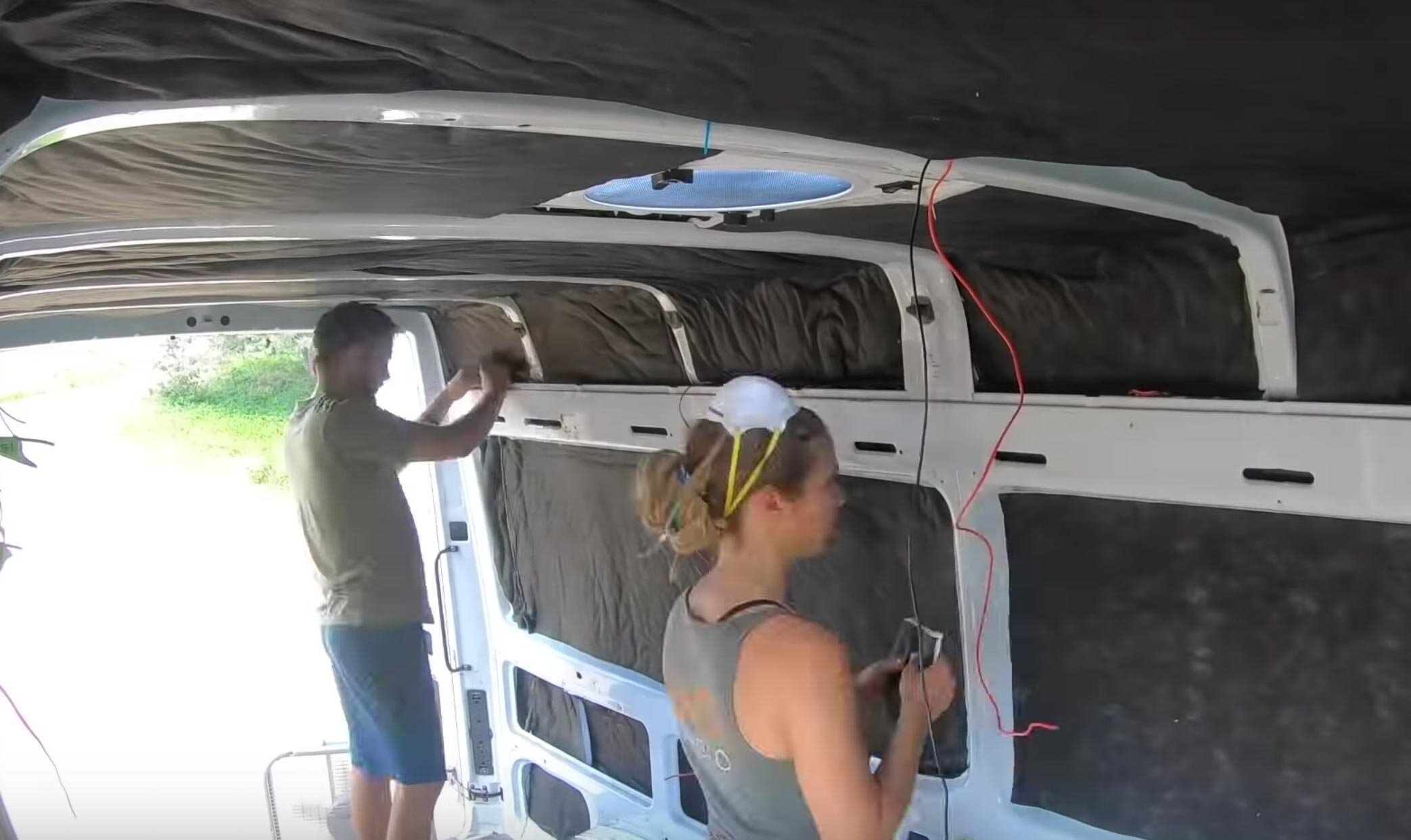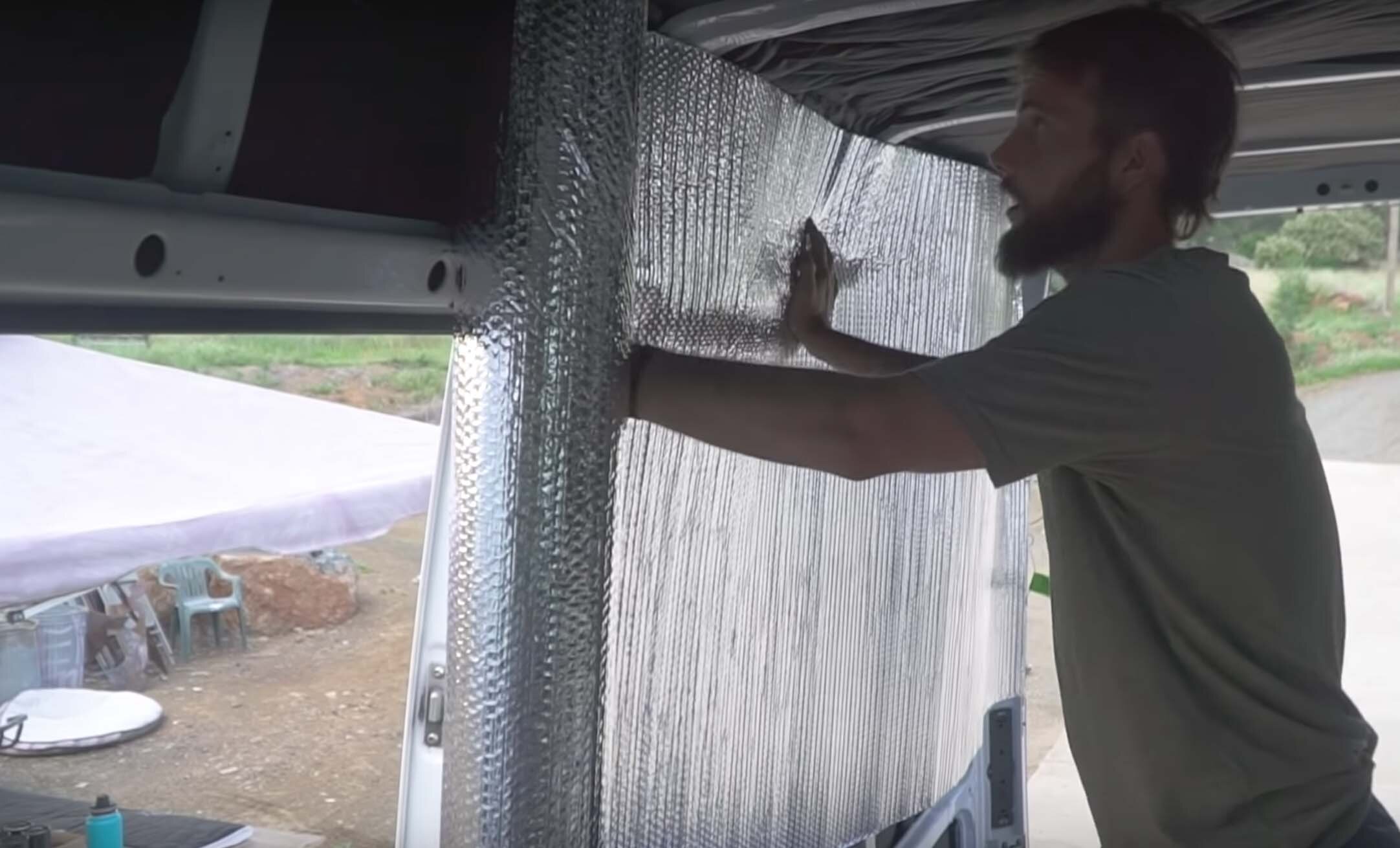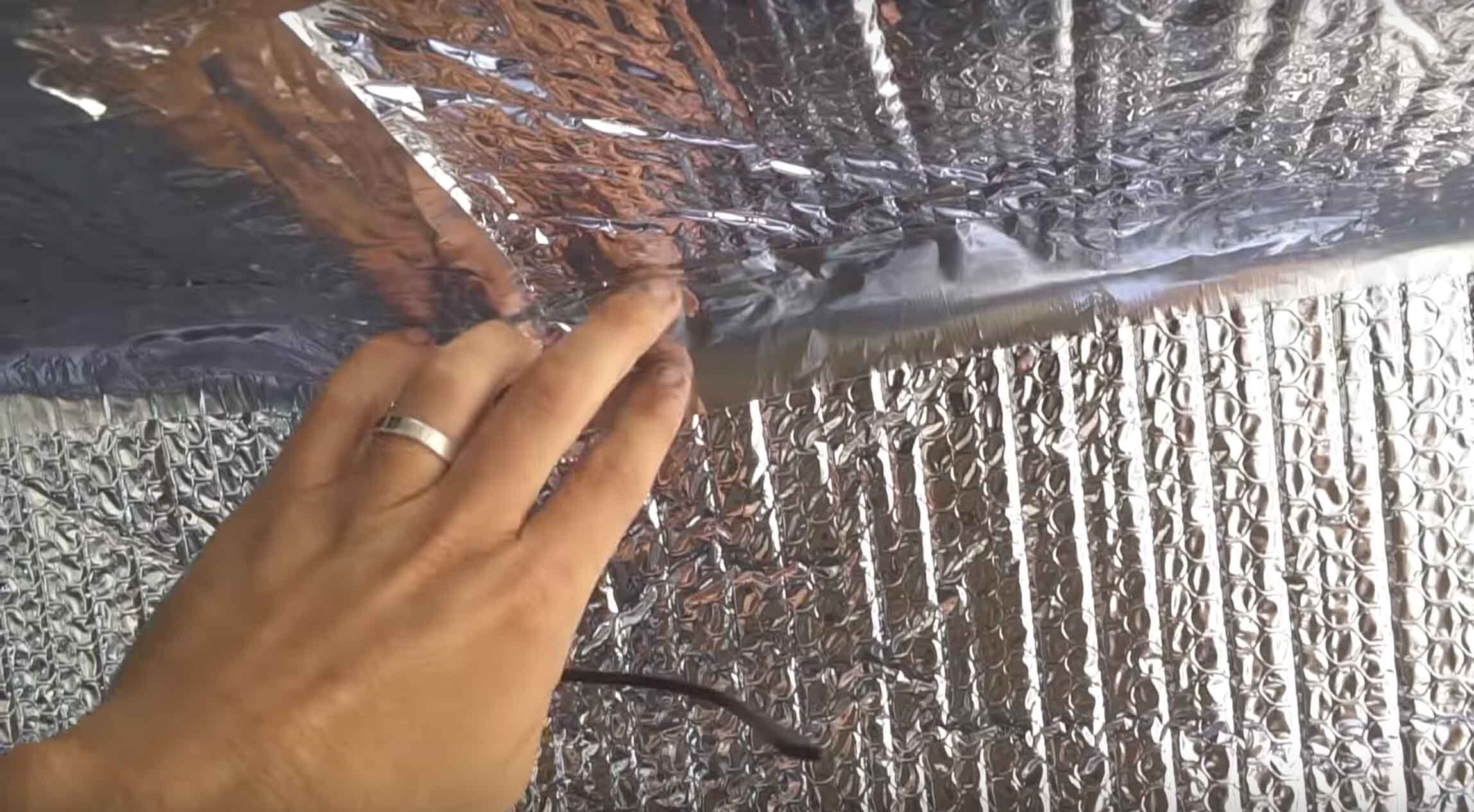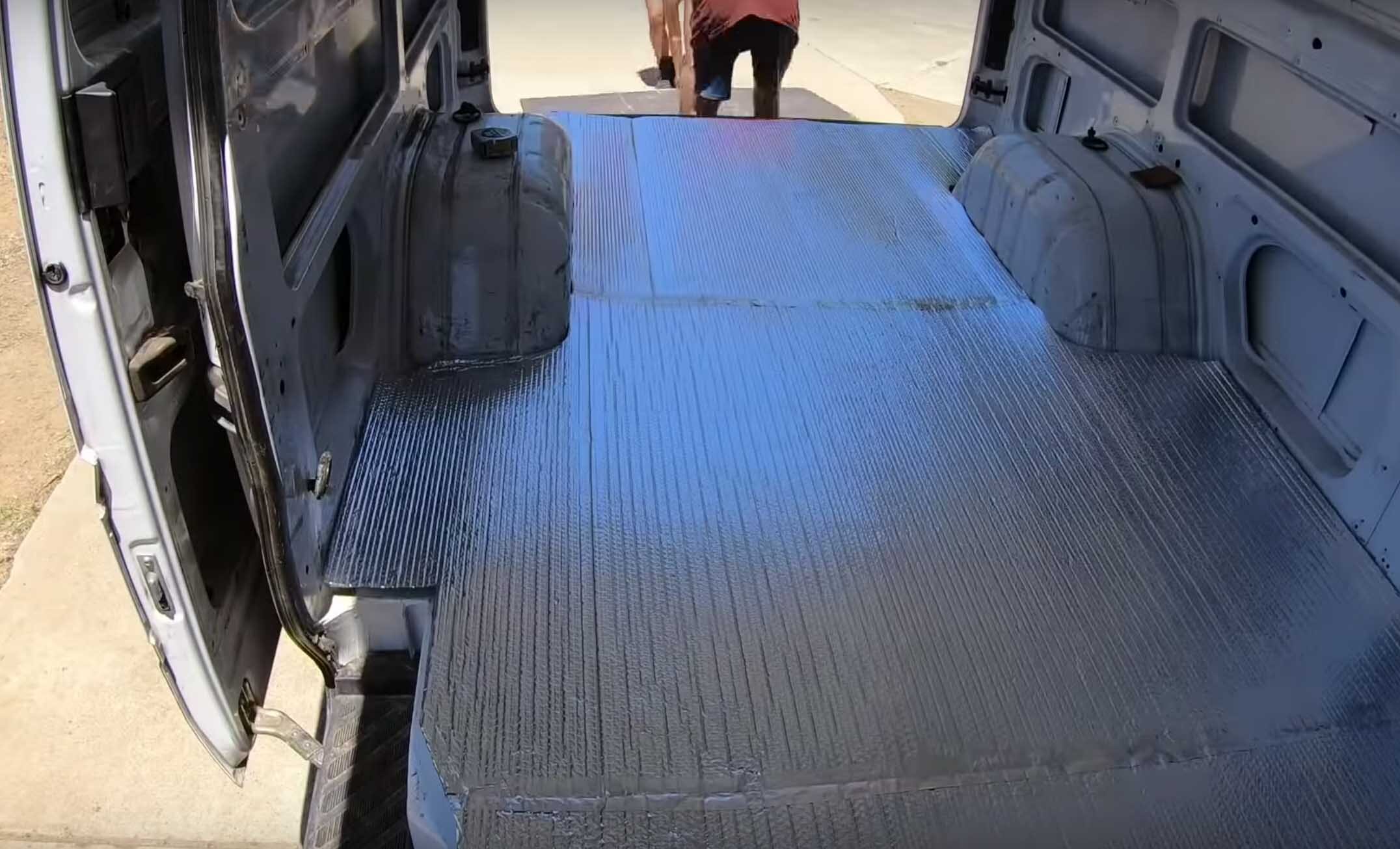Insulating a Sprinter Van with Thinsulate:
5 Reasons Why It’s the Best Option for Van Conversions
What you will need: (Amazon Affiliate Links)
Thinsulate SM600L 50 Linear Feet
In this last build, we used 50 sq. ft. of Thinsulate SM600L. We believe Thinsulate is a great product for use in insulating your van; having tried other insulation products, we would use and recommend this product 10 out of 10 times and here’s why.
No Mess - Very easy installation, when compared to spray foam insulation and even cutting all the R-Max boards to size, can create a mess.
Easy to Install - Installing the 3M SM600L is literally a cut-and-paste job. All you need to do is measure the cavities, spray the 3M 90 spray adhesive and stick it to the van wall.
Sound Damping - Another benefit to the Thinsulate is that it has sound-deadening qualities with non-woven sound-absorbing fibers that create a quieter vehicle environment.
Works Pretty Good - The SM600L has an R-value or 5.2. It can be increased with a Refletix moisture barrier, which is what we will do here. We’ve noticed that it keeps the heat out just as effectively as the cold. Once you are in a cold environment for an extended period, you will want to install a diesel cabin heater to keep the van warm. The insulation works, but it doesn't work miracles. If you know you will be in the cold, consider a heater.
Moisture Repellent - Hydrophobic fibers resist moisture, mold and mildew. (We’ve seen it work). Thinsulate insulation is also resistant to mildew growth, reducing the risk of offensive odors and mold.
Using an additional layer of Reflectix on top of the Thinsulate can gain a little extra R-Value for pretty cheap. In order of this to work, you need to create an air gap when you install your framing. Your walls should have an air gap in-between the Reflectix and the interior walls, which we will show you how to do next.
You will want to create a vapor barrier with the Reflectix in this step. What you do is use 3M Spray 90 adhesive to glue Reflectix to the entire interior of the van and use metal duct tape to tape up all seems to create a vapor barrier to prevent condensation from metal van to venture into your walls.
Insulating the Van Floor - Depending on how tall you are or how much head room you want to have can influence what type of insulation you can use on your floor. The best bet is to floor lifted off the van with some floor slats and insulate with poly board in between the slats. In this van, we don’t have even an inch of headroom to give so we are just going to use reflectix. This isn’t the best option and won’t provide much more than a floor pad, but we know its better than nothing. So, we used one layer of Reflectix to insulate the floor. We took the floor out and cut the Reflectix using the subfloor as a template.
Here are some values for how much insulation you will need depending on your vehicle
Sprinter 144 WB = 50 linear feet
Ford Transit 148 WB = 50 linear feet
Promaster 159 WB = 50 linear feet

